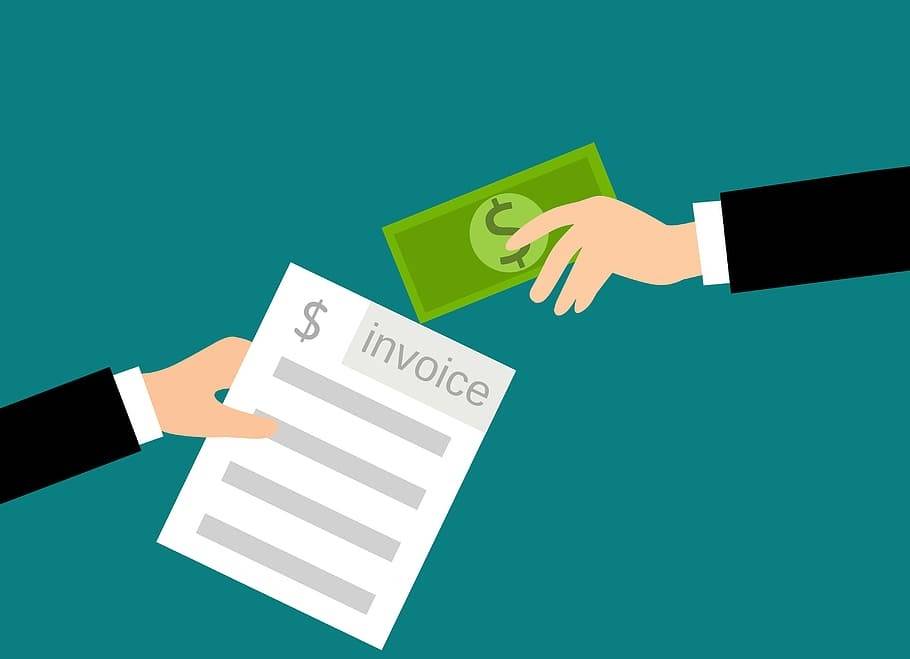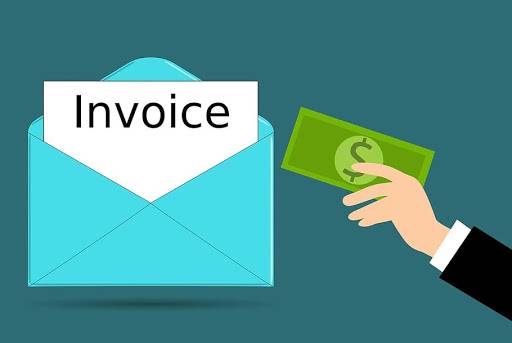Companies issue invoices to customers for every sold product or acquired service. In fact, invoices are official documents that record every business transaction. They’re vital for accounting, tax, and record-keeping purposes. Without a professional invoice, your business won’t be able to function on the market.
According to the data gathered by the Accounts Payable Association, 57 percent of all invoices are received loosely on pieces of paper. And 54 percent of businesses said invoices were being sent to the wrong address. These numbers explain, in part, why a large number of invoices are paid late or are never paid.
Furthermore, here are some of the issues small business and big corporations are struggling with when it comes to invoicing:
- 56 percent of companies experience cash flow due to unpaid invoices
- 63 percent have issues with duplicated invoices, and some of them actually paid a duplicated invoice
- 78 percent paid an invoice late
- 90 percent receive phone calls regarding late payments, and over 23 percent lost a supplier because of late payment
That’s why you, as a business owner, need to take the time to optimize your invoicing procedure. In fact, you might want to review some popular freelancer invoicing methods for quick tips and tricks.
Thankfully, today with the help of online invoicing software, creating a proper invoice is rather easy. And in this article, we’re going to explain to you in detail how to create a professional invoice. You can read about the do’s and don’ts, and the best practices regarding business invoicing.
1. Name & Logo of Your Business
The first element of a professional invoice is the name and the logo of your company. You want your customers to know right away when they receive the invoice that it’s coming from your business. Having your name and logo displayed on the invoice makes it more official, and it shows that your brand is established.
We would recommend you to add your name and logo in the top left corner of the invoice. That way, the name, and the logo are the first thing the customer is going to see when they open the invoice.
2. Additional Information about Your Company
Below the name and the logo of your company, in the top left corner of the invoice, you should add:
- The registered office address
- The company registration number
- The name, email address and phone number of the person responsible for processing the invoice
Providing these details to your customers will make the invoice look more professional. Moreover, if the client is experiencing any issues with the invoice, they’ll know how to contact the appropriate person. Having a designated person for each invoice, like the account manager, will go a long way to getting your invoice paid in time.
3. Client’s Information

The third element of a professional invoice is the client’s information. Add the name of the company, the official address, the contact person, and the department. Double-check the info before you add it to the invoice. You want to make sure everything looks right, and the invoice reaches the right person.
Of course, the client’s information changes if you’re working with B2C, instead of B2B. In that case, you need to add the personal information of the customer. However, the same rules apply, like adding the name and the address. We would recommend you to add this info just below the name and the logo of your company.
4. Invoice Number
You need to provide a unique and sequential invoice number for every invoice you send to your customers. The invoice number is used for payment tracking purposes, and at the same time, it keeps you accounting books organized. With the invoice number, you can track if the payments have been made and by who.
More often than not, clients will decline to pay an invoice if it doesn’t come with an invoice number. We would recommend you to add the invoice number in the top right corner of the invoice.
5. Payment Methods
Another essential part of the invoice is the boilerplate or the segment where you list the terms and conditions (payment terms) of the invoice. The due date, the sales tax, and the payment methods are all part of the payment terms. However, in this section, we’re going to focus only on the payment methods.
You need to add a list of all the ways your customers can pay for the products/services they purchased from you. And online payment should be one of them. According to the data pulled by Finances Online, by 2022, only 7 percent of all transactions in the US will be paid in cash.
6. Date & Due Date

You should never send an invoice without a date and a due date. Recent studies show that you are eight times more likely to be paid if you include a due date on your invoice. Including a due date is part of the payment terms on your invoice, and having one stated clearly creates a sense of urgency in the recipient. For example, you should add something like – “Due on the 1st of April.”
We would recommend you to add the date and due date above the list of prices and products/services included in the invoice. Or just below the total cost.
7. List of Price & Services
Professional invoices will feature an itemized list of prices and services, so your customers can go through them and make sure everything is in order. You should also take a couple of extra minutes to go through the numbers and the items to make sure everything looks right. Sending an invoice that’s not been proofread by you or your account manager can seem very unprofessional.
Furthermore, you want your clients to know precisely what they’re paying for, and you can achieve them by giving them additional details in the main section. You should consider adding:
- Product/Service Description
- Quantity/ Rate
- Amount
- Subtotal
8. Sales Tax
The sales tax depends on your jurisdiction and the type of business you’re running. Hence, the sales tax is going to vary, and it needs to be calculated per your parameters. One way to be sure you’re calculating it properly is by reaching out to the local IRS office. Adding the sales tax in the invoice is an absolute must. And if you’re using online invoicing software to create invoices, this feature will probably be automatically enabled. You’ll just need to add the sales tax percentage manually.
Here’s a handy list of sales tax per state in the US, published by the Sales Tax Institute.
9. Discounts & Promo Codes
Depending on your industry, you might have to calculate discounts and promo codes in the invoice. Hence, it would be best for you and your customers if you calculate the percentage decrease or the fixed amount directly in the invoice. That way, your customers can see that by using the discount or the promo code, they’re saving money.
Discounts, promo codes, shopping coupons, and vouchers can help your business with market acquisition and retention. Furthermore, they’re often used as incentives because they work. And you should make sure your customers can see that reflected in the invoice.
10. Thank-You Box
The thank-you box at the bottom of the invoice is customer-friendly, and a perfect branding opportunity. You can customize it according to your target audience and industry. Moreover, depending on your brand message, the thank you note can be informal, formal, professional, or simple. No matter what the case may be, you should thank your customers for choosing your business.
Design
The design is not an official element of the invoice, but it can say more about your company than any of the details we focused on above. Because the design you’re going to choose determines how professional, modern, or avant-garde your company is. Hence, it would be prudent if you picked an invoice design that aligns with your brand messaging.
In most invoices you will find:
- Left-aligned content, with a few right-aligned elements
- Right-aligned content, with a few left-aligned elements
- Complete center alignment
The center alignment is bolder than the other styles. Furthermore, if you’re going for a professional look, you might want to choose an invoice that has clear edges and only one primary element. The combination of colors, borders, and graphics plays a role as well.
A well-designed invoice can leave a great last impression on your customers.
Final Thoughts

According to the International Market Overview & Forecast report published by Billentis, the invoicing procedures are rapidly changing in the US and across the world. And the digitization and automation rate of business invoicing is increasing, with e-invoices becoming the new norm. Hence, the creation and distribution of professional invoices are crucial procedures for the growth of your business.
Learning how to create a proper invoice also has a positive effect on your brand image, because it will leave a lasting impression on your customers. Moreover, you need to focus on delivering clear and simple invoices that contain precise payment instructions. The goal is to make the payment process easy and straightforward. And to provide the customer with an array of payment options.
Most clients prefer electronic invoices and online payment options. E-invoices look professional by default, and they’re easy to understand and easier to pay. Hence, you should consider implementing online invoicing software to avoid human-made errors and to simplify the procedure.
Most of the online invoicing programs on the market today allow you to send reminders and follow-ups and keep track of invoices and payments.
Did you find this blog helpful for your business? Want more weekly insights to help grow your small business faster? Sign up below for our upcoming newsletter for free packed with curated tips and strategies to generate additional income!



